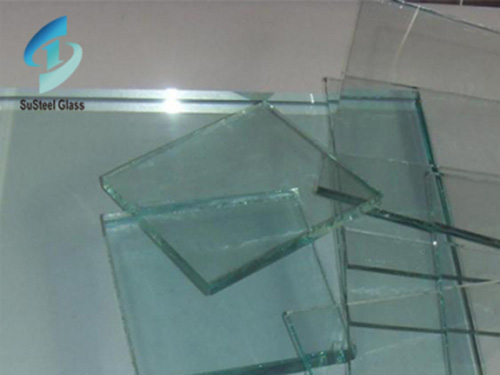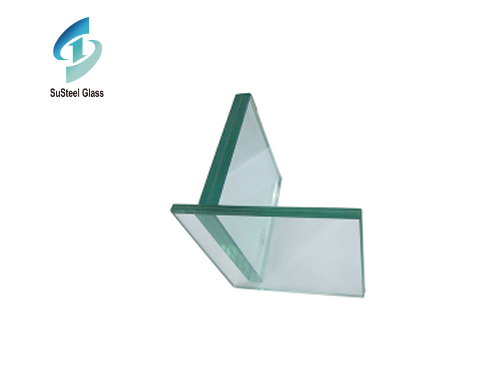Introduction:
Architectural glass has revolutionized the way we design and experience buildings, seamlessly blending functionality with aesthetic appeal. From skyscrapers to contemporary homes, the use of
architectural glass has become synonymous with modern architecture. This article explores the diverse applications, design considerations, and sustainable aspects of architectural glass in the built environment.
Applications of Architectural Glass:
Exterior Facades:
Architectural glass is widely employed in exterior facades, imparting a sleek and sophisticated look to buildings. Its transparency allows for an abundance of natural light, reducing the reliance on artificial lighting and creating a visually open and inviting atmosphere.
Windows and Skylights:
Traditional windows are transformed into sleek, energy-efficient features with the use of architectural glass. Skylights enhance interiors by introducing natural light, creating well-lit and airy spaces while reducing energy consumption.
Interior Partitions:
Within buildings, architectural glass is utilized for interior partitions, providing a sense of openness while maintaining distinct zones. Glass partitions contribute to collaborative work environments and aesthetically pleasing interiors.
Balustrades and Railings:
Glass balustrades and railings offer safety without compromising the view. Whether in residential or commercial spaces, architectural glass enhances safety measures while preserving the visual integrity of the design.
Design Considerations:
Glass Types and Finishes:
Architects can choose from various types of architectural glass, including clear, tinted, frosted, or textured glass, depending on the desired level of transparency and privacy. Specialized finishes, such as low-reflectivity coatings, can be applied for enhanced performance.
Structural Support:
The design of architectural glass structures requires careful consideration of the supporting framework. Structural elements, such as glass fins and tension cables, may be incorporated to ensure the stability and safety of the glass components.
Energy Efficiency:
To address energy concerns, architects increasingly opt for energy-efficient glass solutions. Double or triple glazing, low-emissivity coatings, and thermally broken frames contribute to improved insulation, reducing heating and cooling demands.
Sustainability Aspects:
Daylighting:
Architectural glass facilitates daylighting, reducing the need for artificial lighting during the day. This not only conserves energy but also enhances the well-being and productivity of occupants.
Recyclability:
Many architectural glass products are recyclable, supporting sustainable construction practices. The ability to recycle and repurpose glass contributes to the reduction of environmental impact in the construction industry.
Thermal Performance:
Energy-efficient glass options contribute to the thermal performance of buildings, reducing the overall energy consumption for heating and cooling. This aligns with green building standards and sustainability goals.
Conclusion:
Architectural glass has emerged as a transformative element in contemporary design, shaping the aesthetics and functionality of buildings worldwide. Its versatility, from exterior facades to interior partitions, coupled with advancements in design and sustainability, positions architectural glass as a cornerstone in modern architecture. As architects continue to explore innovative uses and sustainable practices, architectural glass will undoubtedly play a pivotal role in defining the visual landscape of the built environment for years to come.
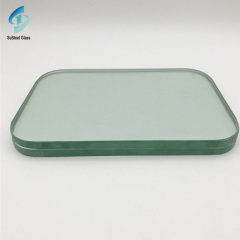


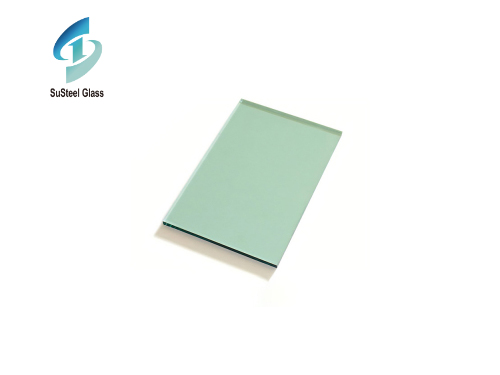 Exploring the World of Green Tinted Glass Products: Versatility and Sustainability
Exploring the World of Green Tinted Glass Products: Versatility and Sustainability
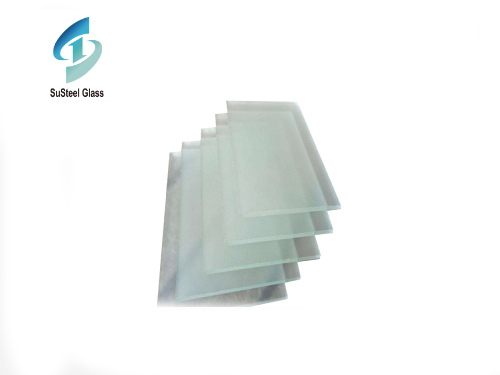 Exploring the Versatility and Elegance of Custom Thick Glass
Exploring the Versatility and Elegance of Custom Thick Glass


